Old forests, old debates
Re-visiting how ecologists define and identify old-growth forests
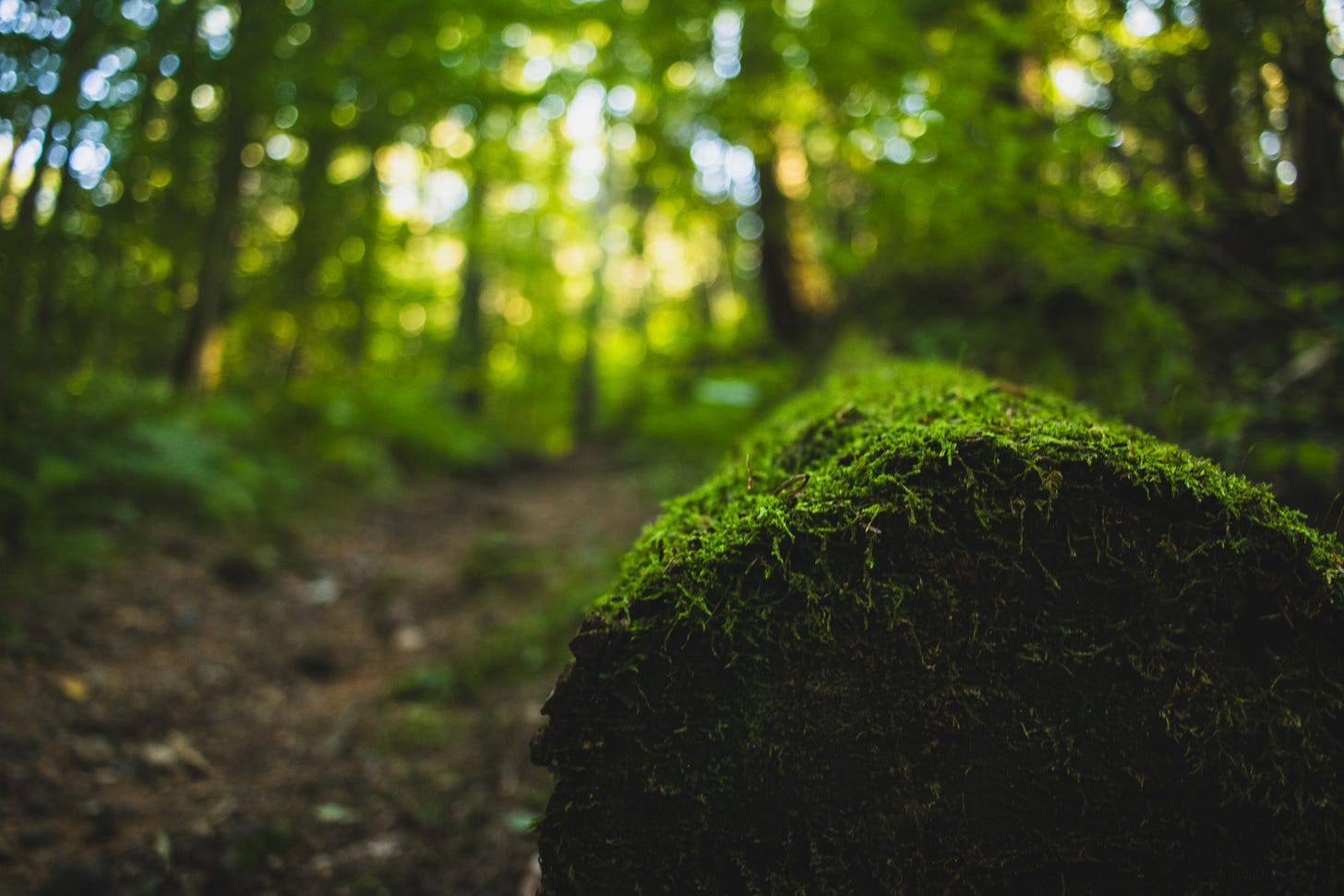
Recently I went on a hike in a forest known as the Alan Seeger Natural Area, which is part of Rothrock State Forest. The area is a 390 acre patch of forest in central Pennsylvania, that contains old hemlocks, white pines, and yellow birches. It also contains large colonies of rhododendron around Standing Stone Creek, which the area protects.
I chose this area because it's considered to be a tract of old-growth forest, which is rare in eastern North America. This part of the continent has a long history of intense timber harvesting since European arrival, and current forestry management practices are only just beginning to incorporate the kind of techniques that promote the development of older forests.
But there's another reason I wanted to go hiking in the Alan Seeger Natural Area. It wasn't just that the Pennsylvania DNR has classified it as an old-growth hemlock forest, but also because I've been thinking lately about what exactly is an old-growth forest? How do we define "old-growth"? How do old-growth forests develop over time, and how we do recognize them when they do? These might seem like questions that foresters and ecologists have already answered, but they've been causing debate in the scientific community for decades.
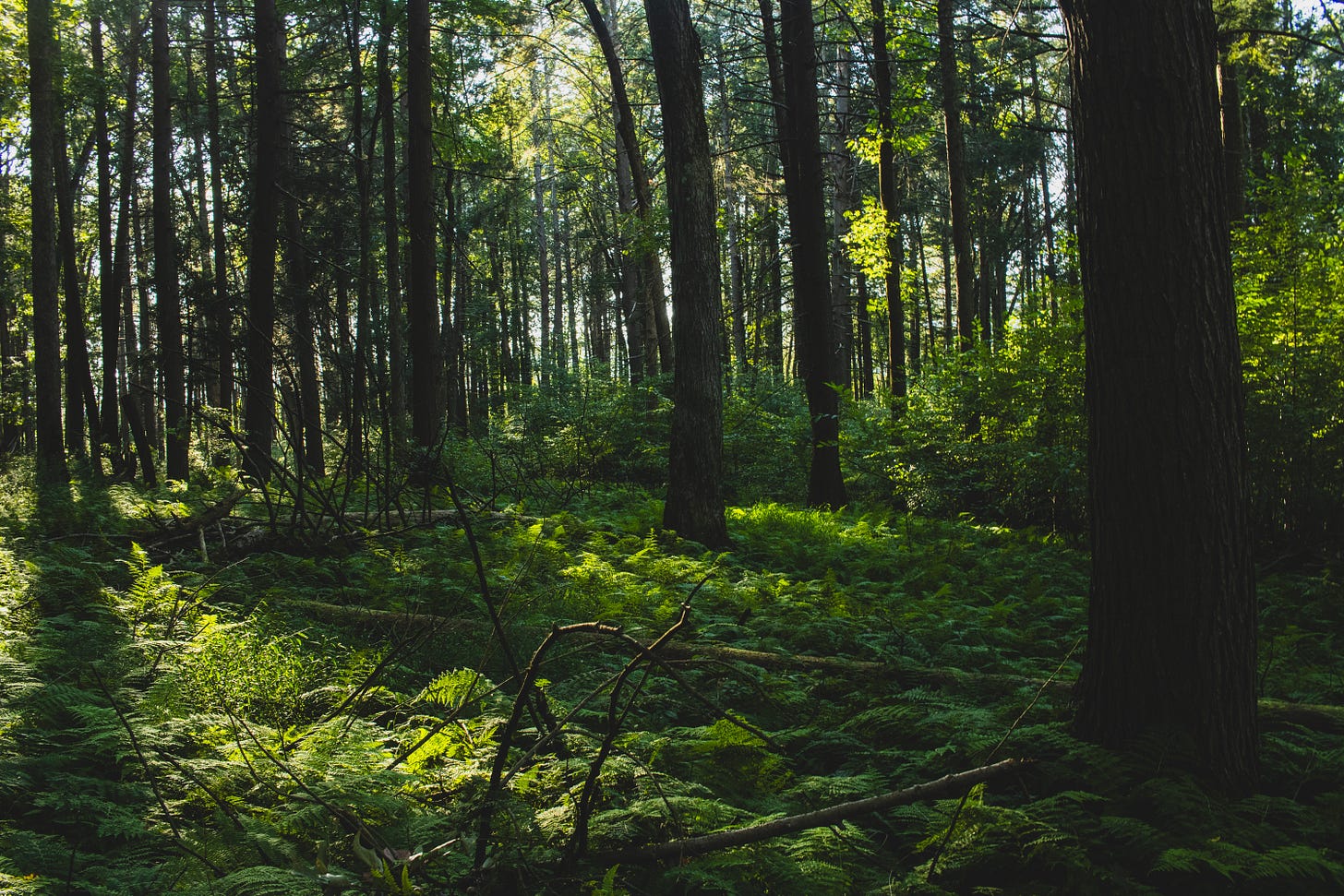
Recently, this debate has gotten more spotlight. On April 22nd (Earth Day) of last year, the Biden Administration issued an executive order that included the provisional order to "define, identify, and complete an inventory of old-growth and mature forests on Federal lands." News outlets spilled a lot of ink covering this, most of it being generally positive coverage. And reasonably so; older forests are important to conserve for things like storing carbon and providing other ecosystem services, and they are also disappearing. But maybe what was less noticed in the order is the need to define mature and old-growth forests in the first place, implying (correctly) that ecologists don't all agree on exactly what an old-growth forest is.
The scientists who study these ecosystems have since been pointing this out. Moore and Nelson (2023), published a commentary in the journal "Frontiers In Ecology and the Environment" in which they offer guidelines and warnings for establishing definitions of "old-growth".
Their commentary provides some examples of the problematic ways that old-growth forest definitions have been used in the past. One such is the definition of a "virgin" forest as one that has not been changed by humans, which has historically been used as justification for removing Indigenous people from forested lands. Another example is the assumption inherent in classifying forests as a commodity, which renders old-growth forests as commodities with *exceptional* value that should be protected. We could just as easily declare that all forests should be preserved, and that those on the opposite end (low-value) should be identified for commodity use.
Moore and Nelson do a very good job of outlining and describing these definitional quandaries that ecologists absolutely need to be thinking about as we work to define these ecosystems.

Another recent study (Gray et al., 2023) summarized the key concepts of commonly used definitions of "old-growth" by foresters and ecologists, and reading this paper reveals why creating a consensus definition is a complicated task.
There are several frameworks that Gray et al. state as being historically important throughout the development of forest ecology as a discipline, and maybe it's easiest to think of these as the characteristic that ecologists have used to identify old-growth forests. These have changed over time, but it's worth giving a brief outline of what these characteristics are:
Human, cultural, aesthetic, and spiritual values
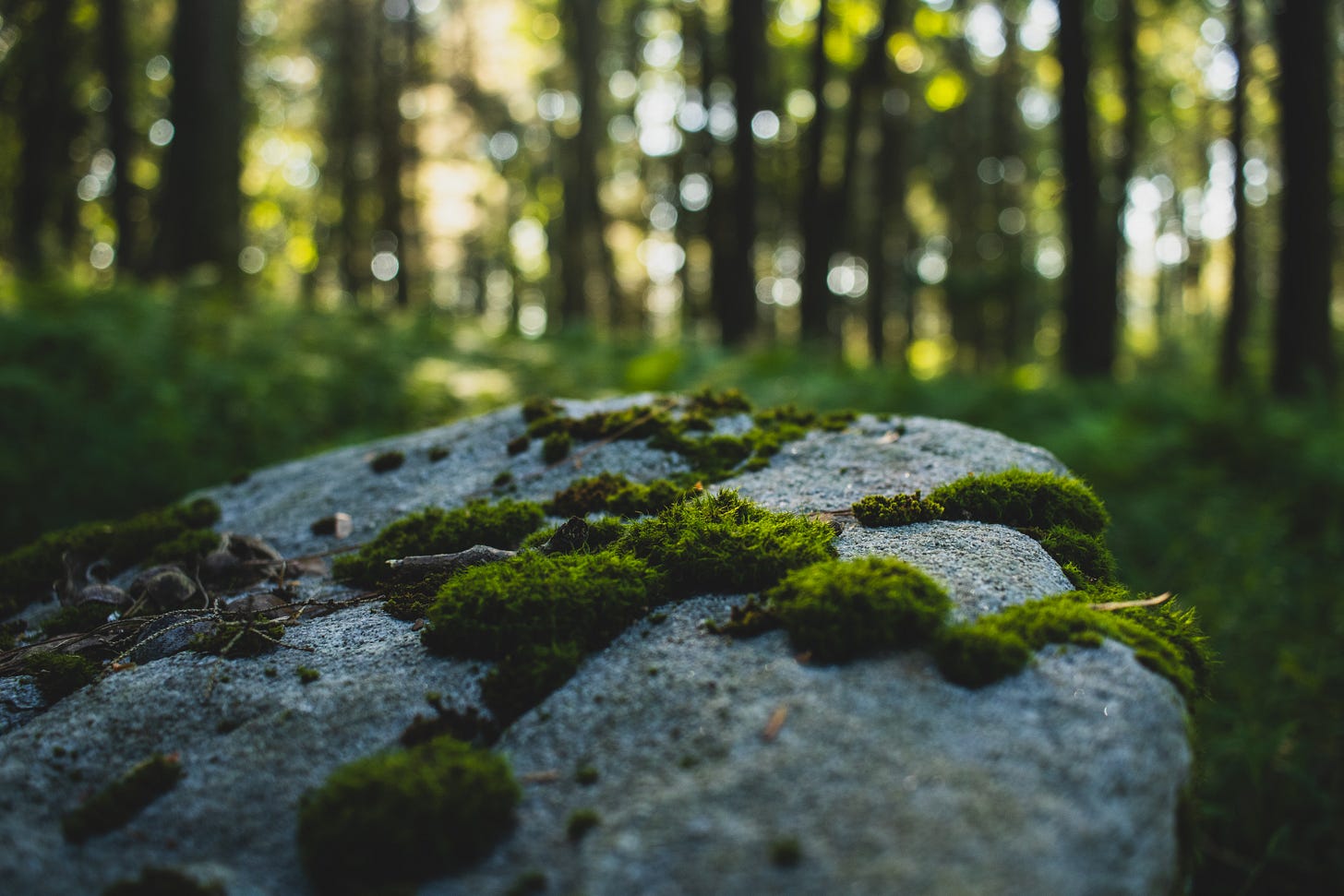
Forests considered to be old-growth are valued for a wide variety of social and cultural reasons. These reasons include the humility instilled by old and tall trees; the complexity of Earth's life cycles; the tranquil conditions for peace and contemplation; a representation of natural conditions that can be lost; and beauty as a result of the combination of seeing, smelling, hearing and touching these forests. Old forests link us to the histories of specific places, and in doing so they embody historical and geographic legacies.
It's also important to note that different cultures value old forests differently. Indigenous and Native American cultures historically have incorporated old-growth forests into the everyday aspects of social life, and managed them in ways that enhance ecosystem service production, rather than seeking to preserve them for admiring remotely from a distance.
Maturity and production
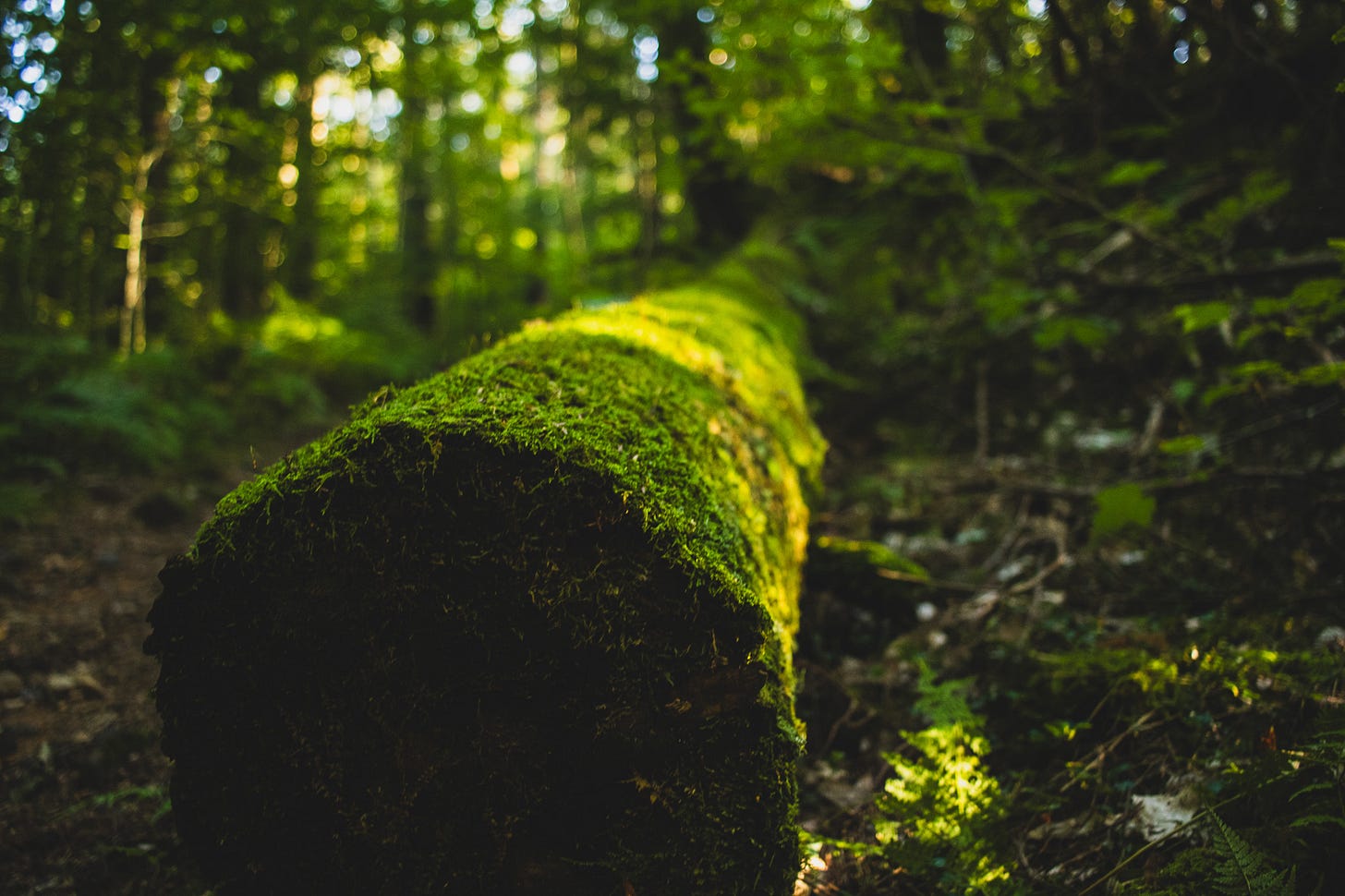
Another characteristic of forests used to identify an "old-growth" stage is the maturity, or production, of the forest. Silviculture (the technical name for forestry) defines maturity by the amount of tree volume in a stand, and the rate that it accumulates (production). They use specific metrics for this, like the culmination of mean annual increment (CMAI), which is the age that merchantable timber, divided by stand age, reaches its maximum value. There are other ways of doing this too, like defining maturity by carbon density and peak carbon accumulation.
Forest age
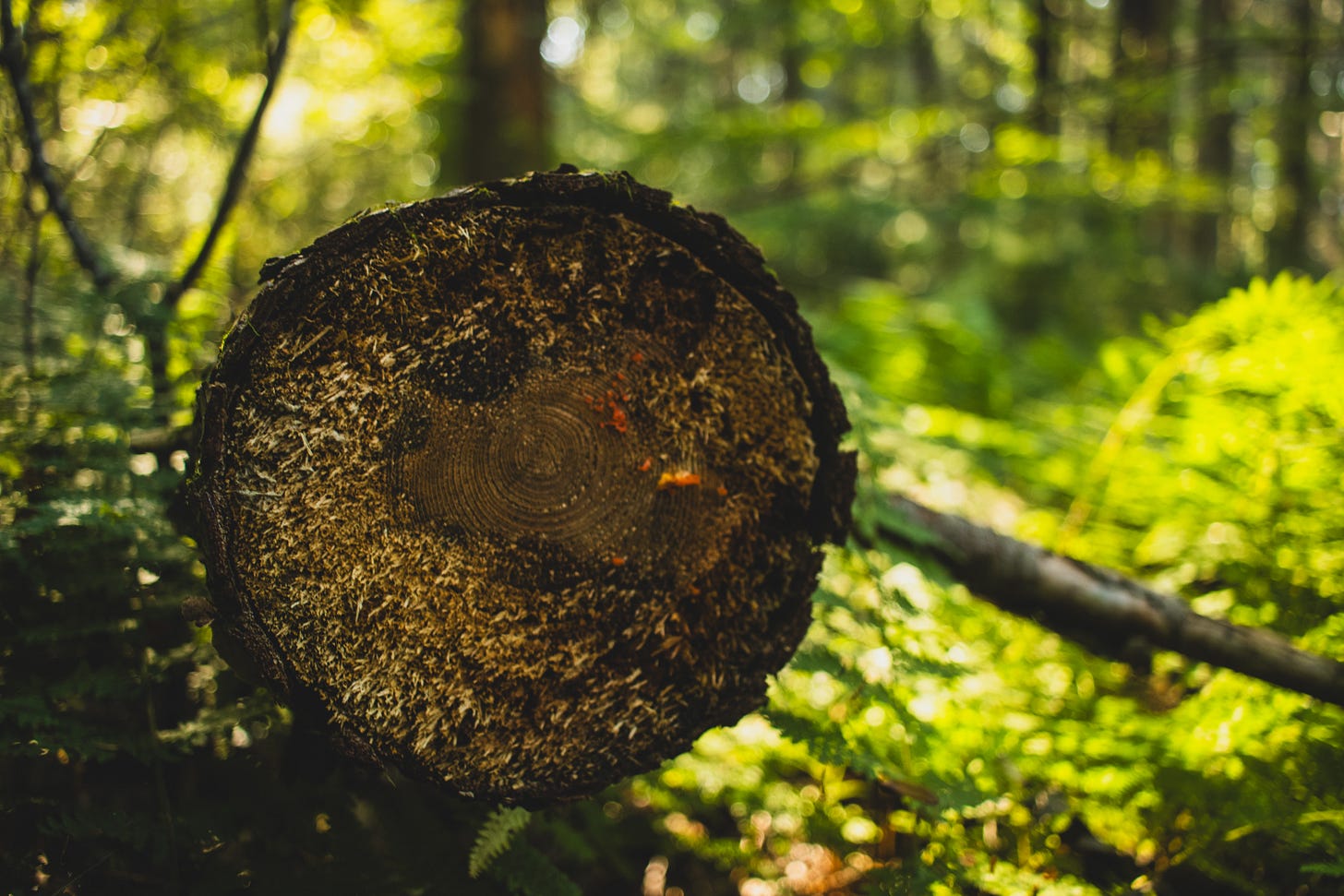
Tree ages are often used as potential identifiers of old-growth forests, and this characteristic is probably the most commonly associated with our perceptions of "old-growth". It's not as straightforward as it seems, though. For one, determining tree age is a difficult process that involves obtaining core samples in the field and processing the samples in a dendrochronology lab. Another issue with relying on tree age is that different tree species have different longevities. What is an old age for one species may not be for another, and forests in different regions are comprised of different species. One solution is to combine tree age with size, though these metrics don't correlate well with one another. All of these complexities become compounded when trying to scale tree ages to forest ages, and it becomes clear that while tree age is an important characteristic, there's more to it than that.
Structural development
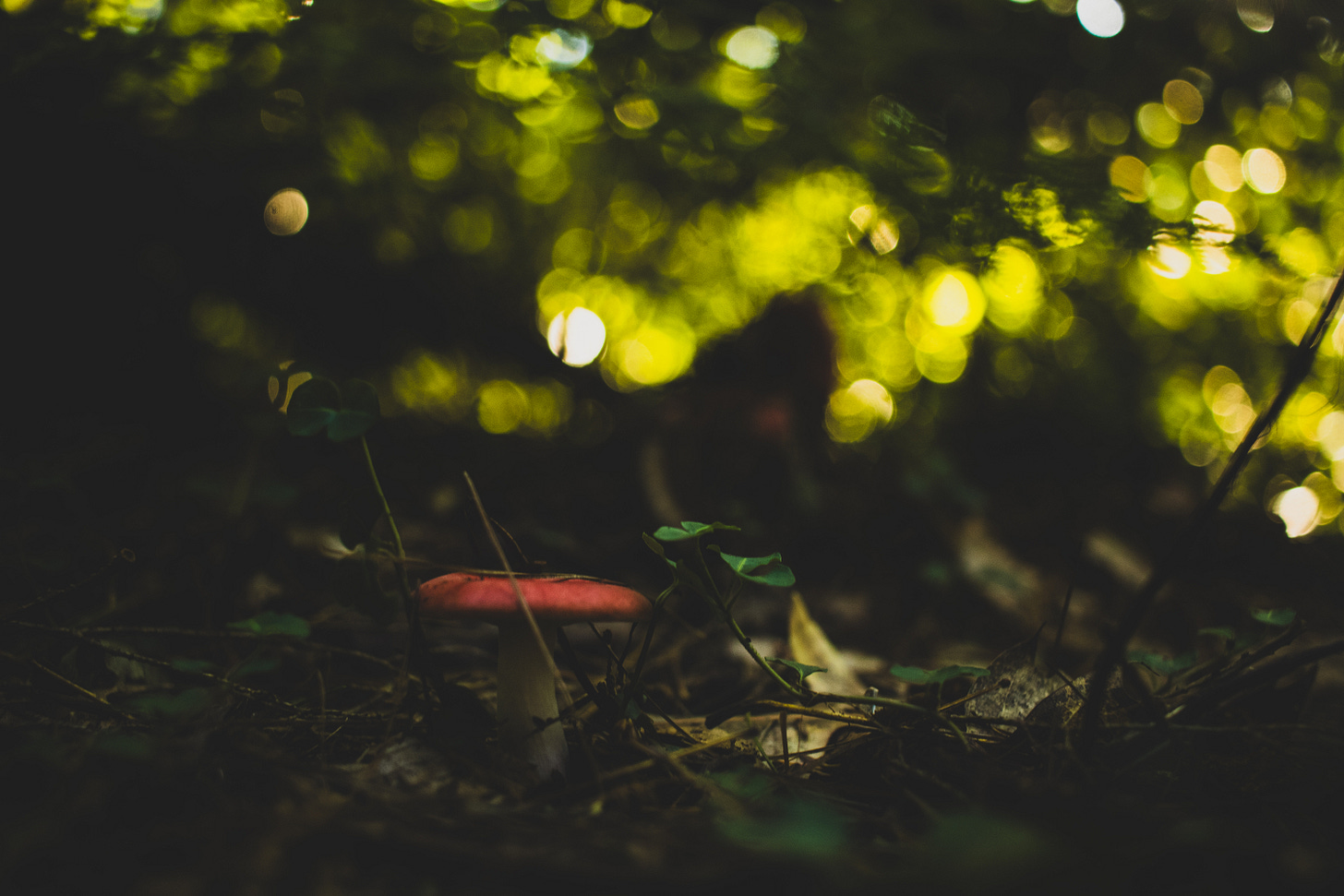
Instead of looking at how old a forest is, we can look at how it has developed structurally. This gets into a branch of ecology called "succession theory", and it can get complicated. But the basics are that after a disturbance (something that kills a bunch of trees), new trees establish themselves on a site to fill the available space. These trees then then crowd out others, and block light to the forest floor, preventing new trees from getting established. Eventually the trees get old, and they begin to die, allowing this process to repeat at a smaller scale within the individual gaps that open up. This creates a mosaic of uneven-aged forest structure, until the next major disturbance happens and starts the whole process over again.
It gets more complex when we start to consider the frequency of these disturbances, but overall the point is that there are structural characteristics of the forest that are easy to observe and can give us insight into which development stage a forest is in. These characteristics include things like the presence of large trees with large branches, fungal growth and decay, the presence or absence of lower canopy trees and ground vegetation, large dead trees that have fallen on the ground, and the degree that these things are distributed spatially. All of these are related to how recently the forest has been disturbed on a large scale.
Species composition
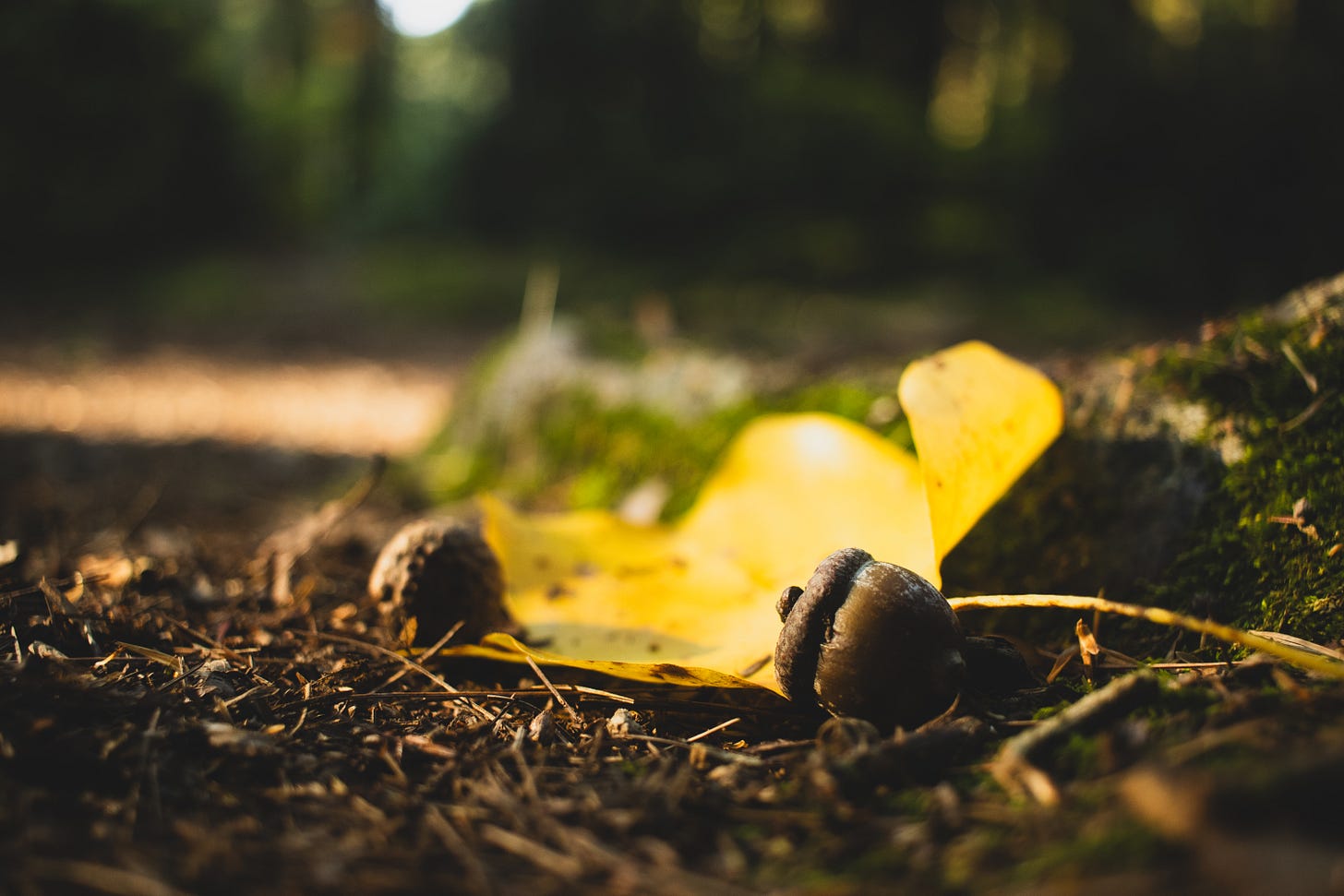
Photo taken by Ben Lockwood, at Alan Seeger Natural Area, PA Which species are present can be used to determine if forest is old-growth. A "true" climax forest, or one that has reached the complete old-growth stage, would be totally dominated by species of trees that are highly shade-tolerant. These species establish underneath the canopy of faster growing shade-intolerant species, and eventually replace them over time. This is the theoretical sequence of events, but in reality a true climax stage is rarely, if ever, reached because the initial pioneer species can be long-lived and disturbances usually happen too often for this stage to be achieved.
Human impact
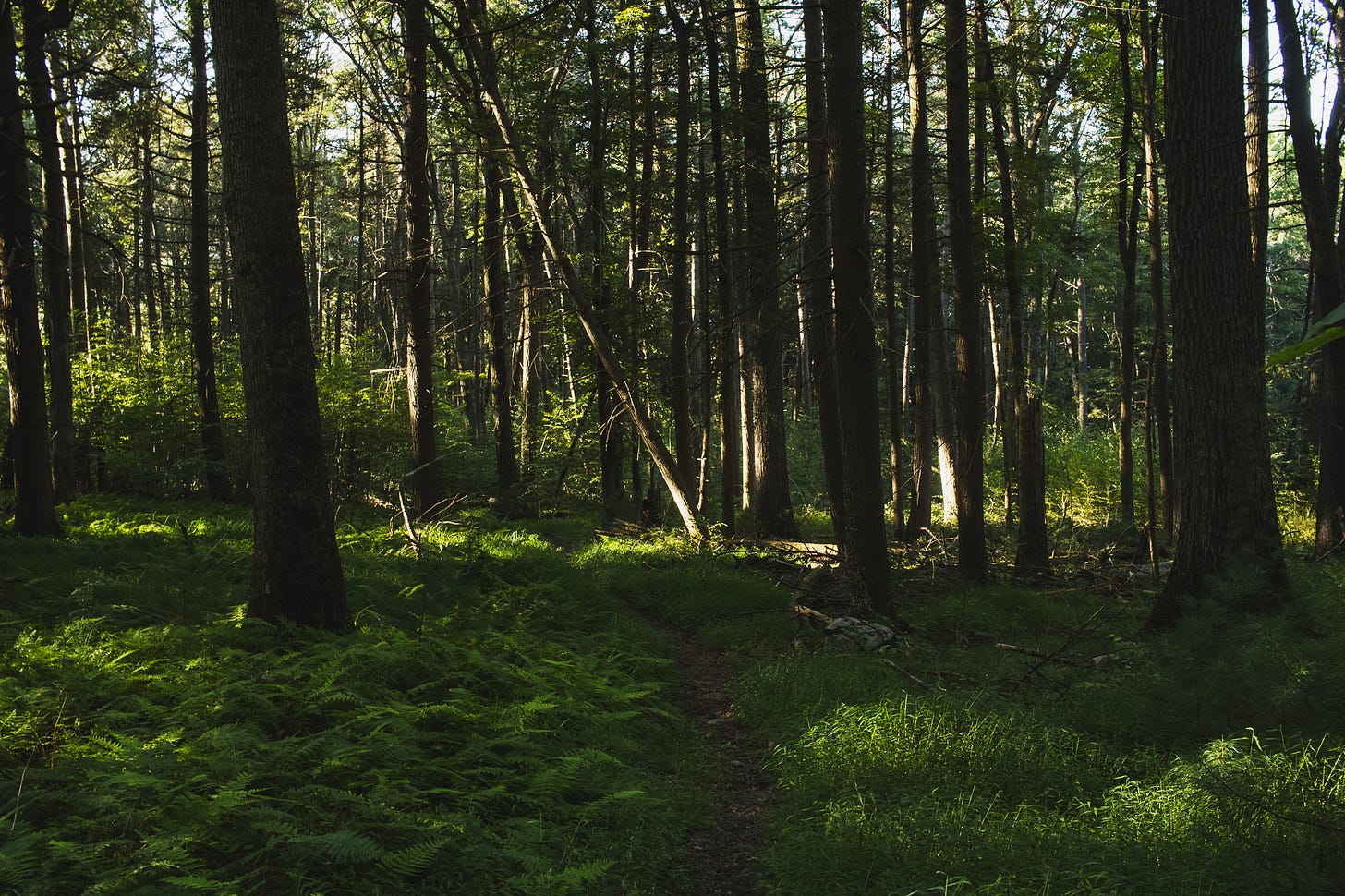
Some definitions of primary, or "pristine", forest require the absence of any evidence of human impact, but using this definition would mean that virtually no forests in the U.S. could ever be considered. Any U.S. forest that achieves an old-growth stage will have a long history of human impact.
Human impacts on forests are usually viewed negatively, but as mentioned earlier, Indigenous and Native American cultures managed ecosystems in ways that were beneficial to their needs without overexploiting natural resources. And ecological silviculture is being incorporated into forest management as a way to promote the restoration and sustainability of these ecosystems.
Disturbance frequency
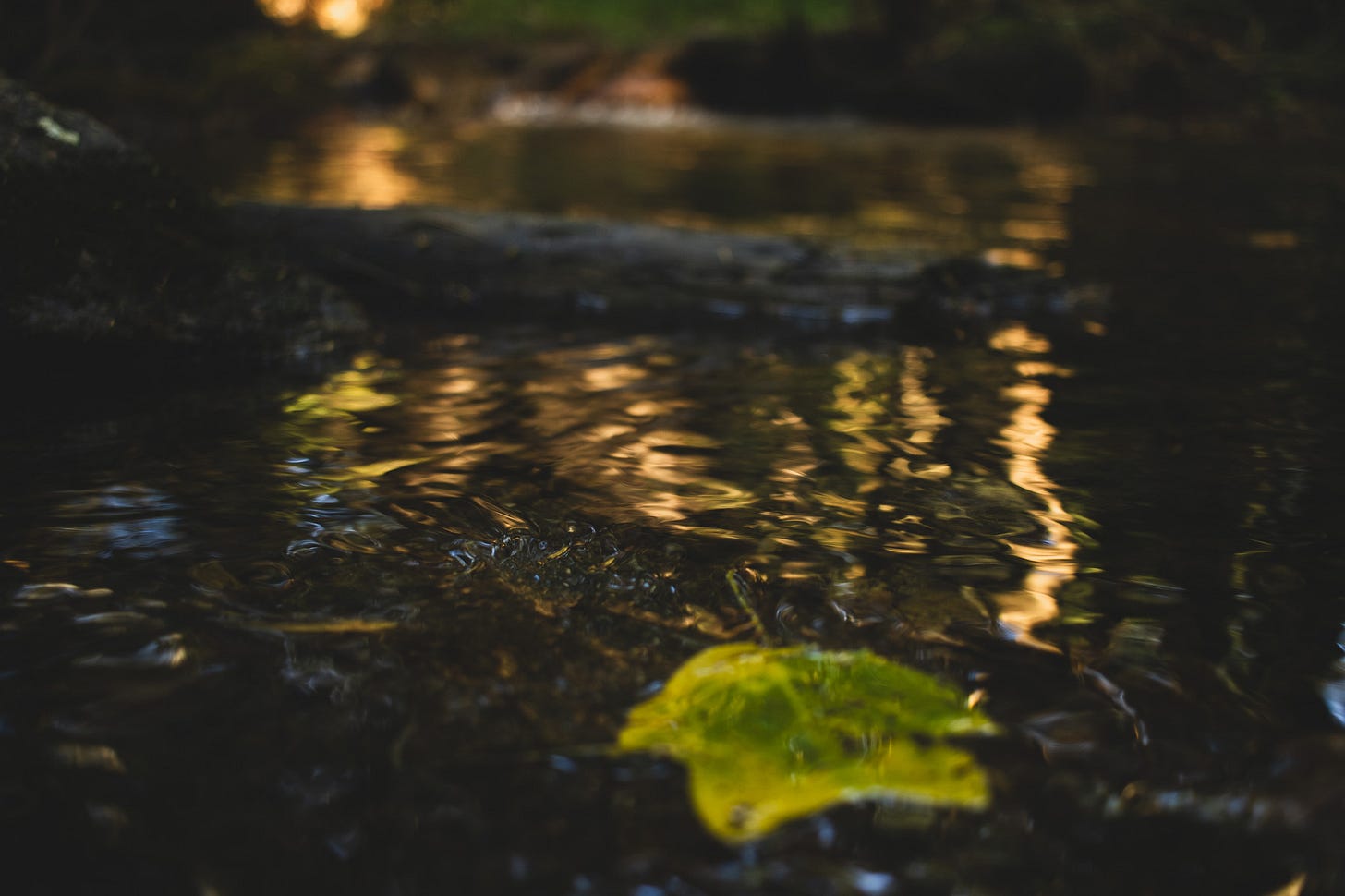
Lastly, how often (and how severe) a disturbance is influences the development of old-growth forest. Disturbances that kill over-story trees - like wind, insects, floods, root disease - accelerate stand development and recruitment of shade-tolerant species in gaps, while disturbances that primarily kill understory trees (fire) promote the survival of large, fire-resistant, shade-intolerant species.
And now, climate change is altering the frequency and severity of virtually all types of disturbance, which will in turn change the course of old-growth forest development. How forests will respond to increasing forest fires, droughts, floods, hurricanes, and pest outbreaks, is what ecologists like me are currently trying to figure out.
So, to wrap up this article I want to return to where we started. What does all of this mean for the Alan Seeger Natural Area? Is this forest really old-growth? It has some of the characteristics, particularly the structural ones like large, old trees with decay, large dead trees on the ground, and sparse understory or ground vegetation. The area is included in the Old-Growth Forest Network, and if it isn't an old-growth forest it's about as close as we can get in the eastern United States.
To cite this article, use the following:
Lockwood, B. (2023). Old forests, old debates: Re-visiting how ecologists define and identify old-growth forests. Brief Ecology Newsletter, 2. Retrieved from: https://benlockwood.substack.com/p/old-forests-old-debates
References
Gray, A. N., Pelz, K., Hayward, G. D., Schuler, T., Salverson, W., Palmer, M., ... & Woodall, C. W. (2023). Perspectives: The wicked problem of defining and inventorying mature and old-growth forests. _Forest Ecology and Management_, _546_, 121350.
Moore, K. D., & Nelson, M. P. (2023). The perilous and important art of definition: the case of the old‐growth forest. Frontiers in Ecology and the Environment, 21(6), 264-265.



Great article.
The succession-related definitions are probably not as helpful, given succession itself has become increasingly questioned.